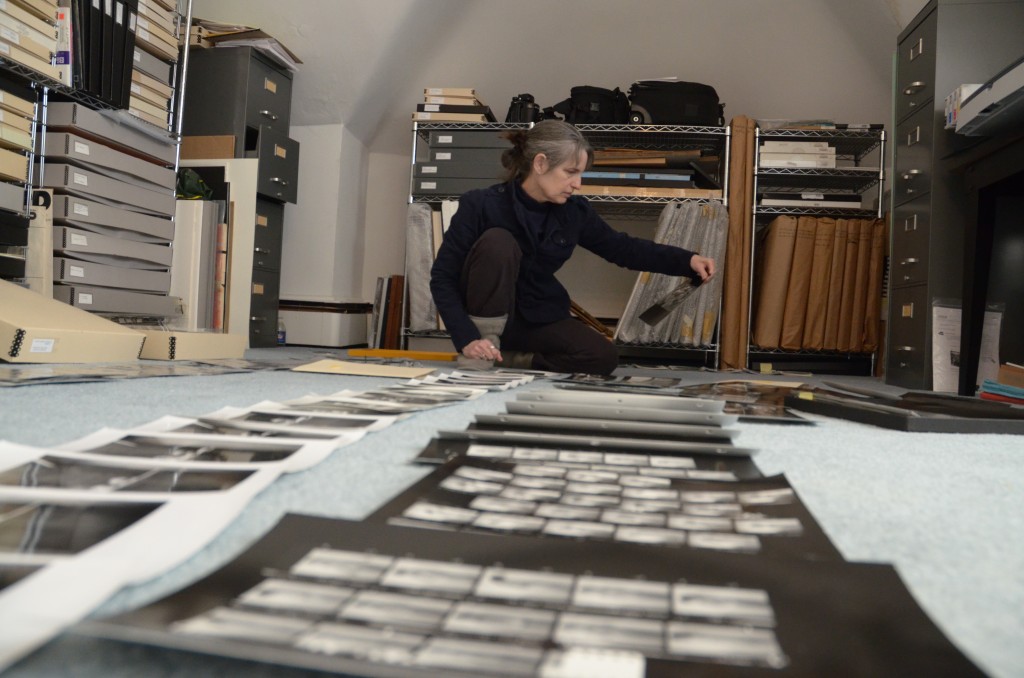I am currently in the midst of editing down a large number of photographs into a coherent series. It is an overwhelming task at times, as the sheer volume of images (about 1,300 to be specific) can't be dealt with all at once. This is something that will take time, as my goal is to end up with between 35-70 pictures total. I find that it really helps to edit in small doses, and taking a lot of breaks helps. Sometimes I need to step away from the work for a couple of days in order to recover from the visual overload.
 But editing, as I've written before, is so important to my creative process that I would never dream of hurrying it up. This was brought home to me when I read an article titled "The Creative Process" in the July/August, 2014 issue of The Atlantic magazine. In it, creative people in a range of fields were asked about "the inspiration and evolution of their work." The whole article was very interesting, but the section that featured short story author Lydia Davis was downright fascinating.
But editing, as I've written before, is so important to my creative process that I would never dream of hurrying it up. This was brought home to me when I read an article titled "The Creative Process" in the July/August, 2014 issue of The Atlantic magazine. In it, creative people in a range of fields were asked about "the inspiration and evolution of their work." The whole article was very interesting, but the section that featured short story author Lydia Davis was downright fascinating.
Davis, who won the Man Booker International Prize in 2013, described what her life was like in the fall of 1973 and how she approached her writing early in her career. There followed the first draft of one of the stories she wrote at that time, "In a House Besieged":
"In a house besieged lived a man and a woman, with two dogs and two cats. There were mice there too, but they were not acknowledged. From the kitchen where they cowered in the man and woman heard small explosions. "The wind," said the woman. "Hunters," said the man. "Smoke," said the woman. "The army," said the man. The woman wanted to go home, but she was already at home, there in the middle of the country in a house besieged, in a house that belonged to someone else."
And then appeared the final draft:
"In a house besieged lived a man and a woman. From where they cowered in the kitchen the man and woman heard small explosions. "The wind," said the woman. "Hunters," said the man. "The rain," said the woman. "The army," said the man. The woman wanted to go home, but she was already home, there in the middle of the country in a house besieged."
What grace the final version has! What clarity, what elegance. Proof positive that excellent editing can strengthen the fruits of one's creative labors. In the final draft, there are no extraneous words that could distract from the message of the whole. Davis has cut out unnecessary details so that the point of the piece is more easily comprehended. The final version causes the reader to ask questions about what the implications of the story are, instead of answering every question the reader might have had. When editing, what is excluded often determines the strength and meaning of what is included.
And that is exactly the task at hand for me in my editing work. Exactly how many photographs need to be included in order for a sequence of pictures to be maximally strong? Which pictures should be included/excluded? What order should they be in? Those are the questions foremost on my mind as I work through the task at hand.